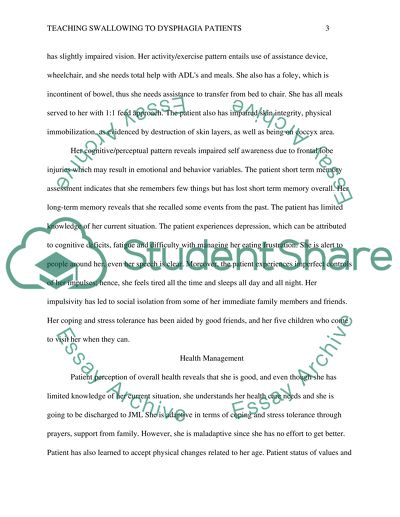Cite this document
(“Teaching Swallowing to Dysphagia Patients Research Paper”, n.d.)
Teaching Swallowing to Dysphagia Patients Research Paper. Retrieved from https://studentshare.org/nursing/1460430-teaching-swallowing-to-dysphagia-patients
Teaching Swallowing to Dysphagia Patients Research Paper. Retrieved from https://studentshare.org/nursing/1460430-teaching-swallowing-to-dysphagia-patients
(Teaching Swallowing to Dysphagia Patients Research Paper)
Teaching Swallowing to Dysphagia Patients Research Paper. https://studentshare.org/nursing/1460430-teaching-swallowing-to-dysphagia-patients.
Teaching Swallowing to Dysphagia Patients Research Paper. https://studentshare.org/nursing/1460430-teaching-swallowing-to-dysphagia-patients.
“Teaching Swallowing to Dysphagia Patients Research Paper”, n.d. https://studentshare.org/nursing/1460430-teaching-swallowing-to-dysphagia-patients.


